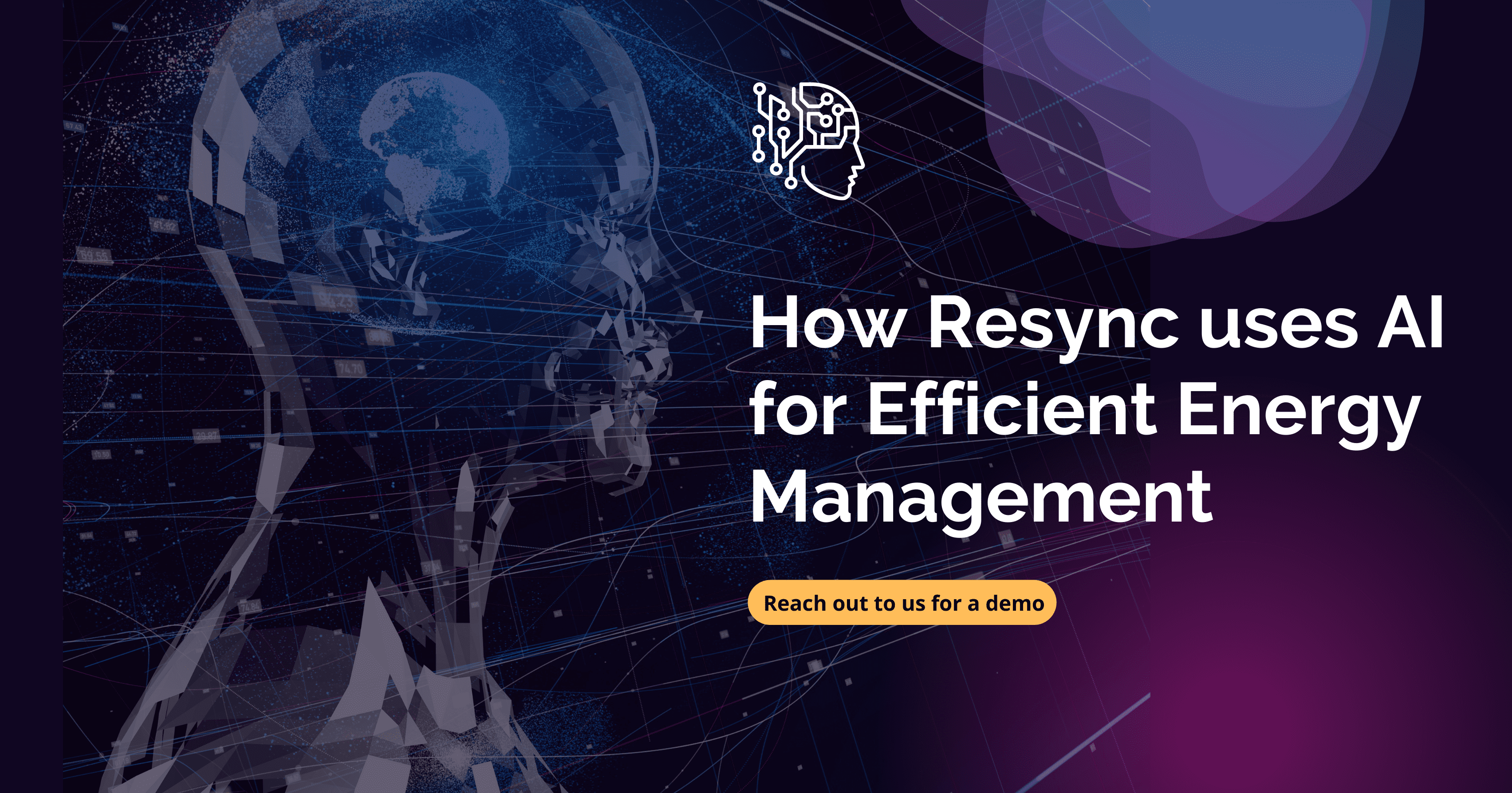Sustainable Workplace Practices for a Greener Office

Addressing the Global Rise in Emissions: Insights from the IEA Report
As we strive for a more sustainable future, it's crucial to acknowledge the specific challenges that have contributed to the global increase in emissions. According to the International Energy Agency (IEA), the overall increase of 321 Mt CO2 was influenced by various factors, including extreme temperatures and their impact on heating and cooling for buildings. The IEA's recent report highlighted that extreme temperatures accounted for 60 Mt CO2 emissions from heating and cooling for buildings. This data underscores the pressing need for innovative solutions to address the environmental impact of building operations and energy consumption.
Creating a Sustainable Workspace
In today's fast-paced business world, establishing a sustainable workplace is essential for organizations committed to reducing their environmental footprint and fostering a culture of corporate responsibility. From energy conservation to waste reduction, here are five sustainable workplace practices that can help organizations create a greener and more eco-friendly office environment:
Energy Efficiency:
Implementing energy-efficient measures is one of the most effective ways to create a sustainable workplace. From upgrading to LED lighting and installing smart thermostats to optimizing HVAC systems and implementing power-saving policies, there are numerous ways organizations can reduce energy consumption and lower their carbon footprint. By prioritizing energy efficiency, businesses can not only reduce operating costs but also contribute to a healthier planet.
Room Occupancy Monitoring:
Efficiently managing room occupancy is key to optimizing space utilization and reducing energy waste in meeting rooms. By implementing room occupancy sensors and booking systems, organizations can track room usage patterns and identify opportunities to improve efficiency. This data-driven approach not only enhances resource allocation but also ensures that meeting spaces and energy are utilized effectively, leading to cost savings and environmental benefits.
Waste Reduction and Recycling:
Minimizing waste and promoting recycling are crucial components of a sustainable workplace strategy. Organizations can implement waste reduction initiatives such as paperless offices, recycling programs, and composting facilities to divert waste from landfills and promote a circular economy. By encouraging employees to reduce, reuse, and recycle, businesses can significantly reduce their environmental impact and contribute to a more sustainable future.
Green Procurement Practices:
Adopting green procurement practices is essential for creating a sustainable workplace. Organizations can minimize their environmental impact and support sustainable suppliers by sourcing eco-friendly products and services. This includes investing in renewable energy solutions such as solar panels and wind turbines to reduce reliance on fossil fuels and lower electricity costs. Additionally, choosing energy-efficient appliances and equipment, prioritizing sustainable suppliers, and embracing battery storage solutions further contribute to environmental sustainability and promote a circular economy.
Smart Technology Integration:
Organizations can deploy smart building solutions like Resync which leverage advanced technology to optimize energy usage, enhance occupant comfort, and reduce carbon footprint. By intelligently controlling HVAC systems, lighting, and other energy-consuming devices based on real-time occupancy and environmental conditions, Resync minimizes unnecessary energy consumption, leading to significant cost savings and environmental benefits. Additionally, Resync's predictive maintenance capabilities help prevent costly breakdowns and ensure optimal performance of building systems, while its integration with demand response programs enables buildings to participate in energy-saving initiatives and grid-balancing activities.
In conclusion, creating a sustainable workplace requires a holistic approach. By implementing these sustainable workplace practices, organizations can reduce their environmental footprint, enhance operational efficiency, and create a healthier and more sustainable office environment for current and future generations.
At Resync, we recognize the urgency of this issue and are committed to providing sustainable energy management solutions that help businesses reduce their carbon footprint and mitigate the effects of climate change. In this blog, we'll explore actionable strategies and best practices for creating more energy-efficient and environmentally friendly buildings. Schedule a call to explore Resync's solutions further.
More Related Our Stories

Resync Year 2020 in Review
As Resync persevered and welcomed changes brought about by COVID-19, we had...

3 Ways your Business can Benefit from Energy Management Systems
For many businesses, energy consumption costs make up a significant portion...

How Resync Uses AI for Efficient Energy Management
The global energy market is undergoing a huge transformation. From...
